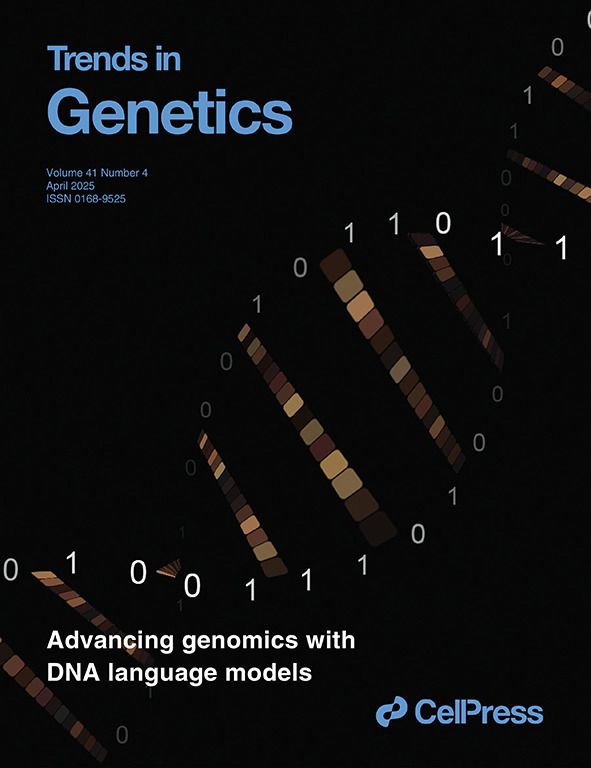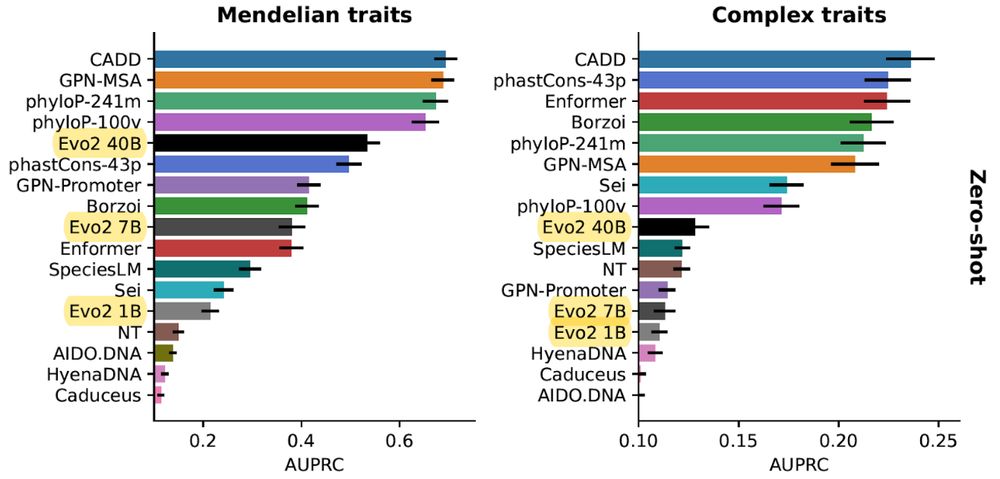Gonzalo Benegas
@gonzalobenegas.bsky.social
260 followers
810 following
17 posts
Comp Bio Postdoc @ UC Berkeley
https://gonzalobenegas.github.io/
Posts
Media
Videos
Starter Packs
Reposted by Gonzalo Benegas
Reposted by Gonzalo Benegas
Joana L. Rocha
@joanocha.bsky.social
· Jun 25
Reposted by Gonzalo Benegas
Reposted by Gonzalo Benegas
Reposted by Gonzalo Benegas
Reposted by Gonzalo Benegas
Reposted by Gonzalo Benegas
Reposted by Gonzalo Benegas













